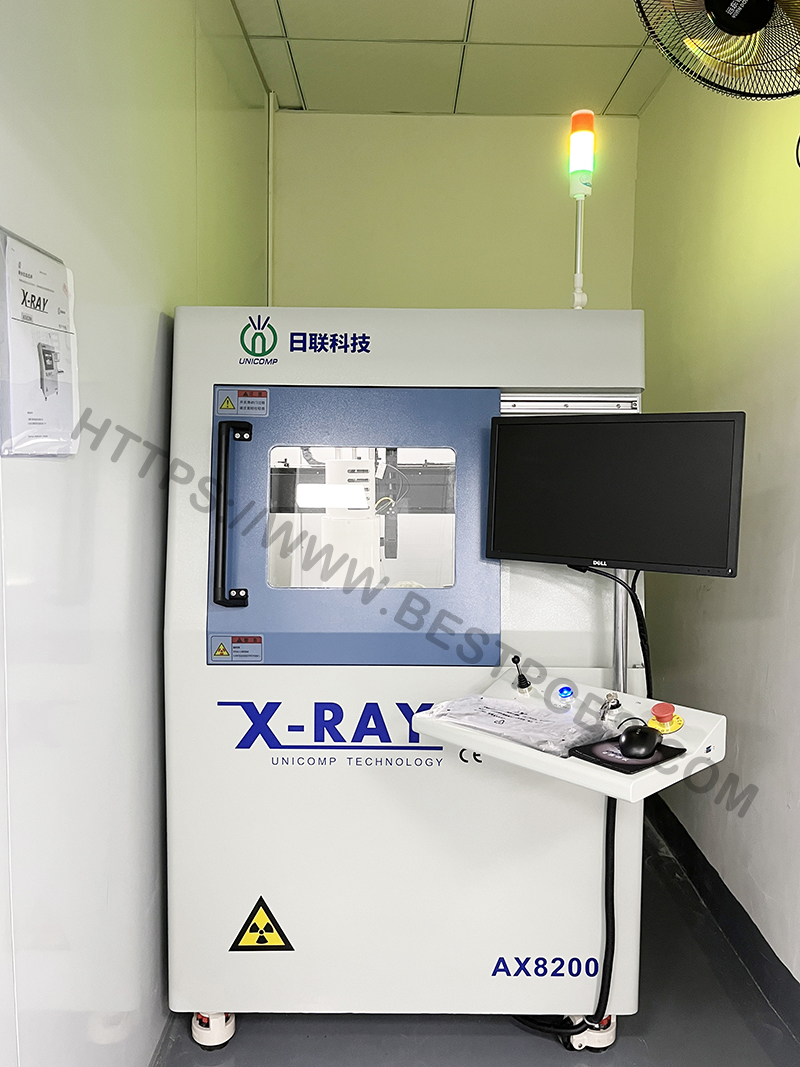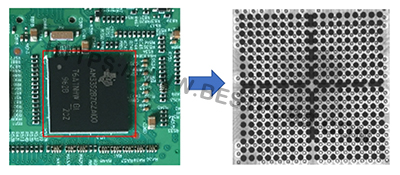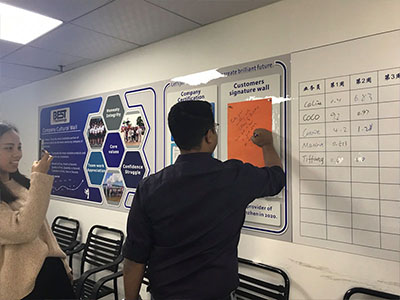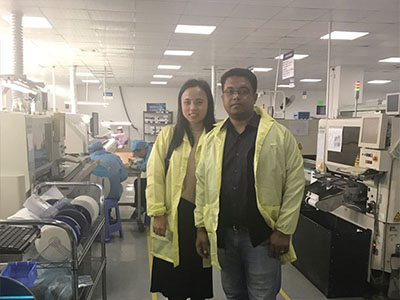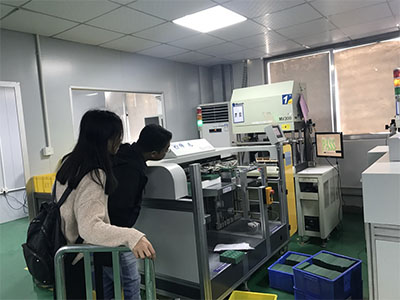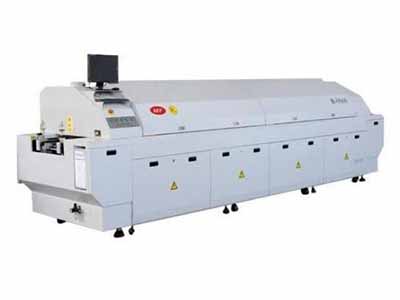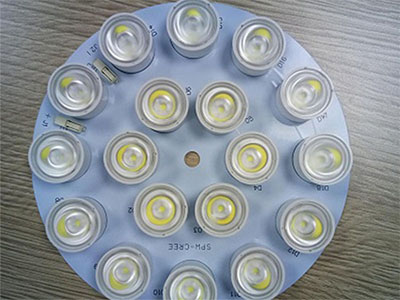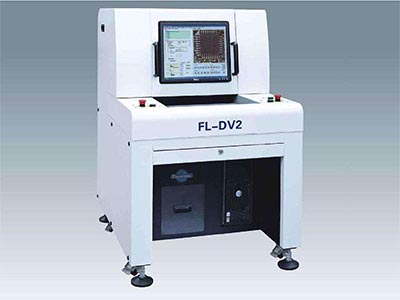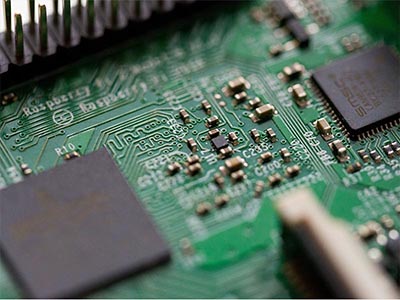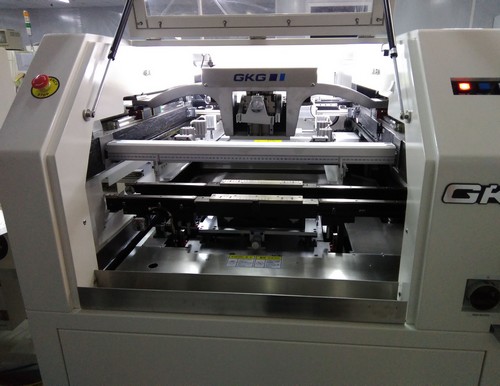As a One-stop PCBA manufacturer, I believe most of manufacturers have faced a problem of solder paste became dry during SMT process, especially in hot summer, and there will be a large number of defects come out when solder paste was dry, such as poor printing, false solder, components be shifted, cold solder and so on, which will greatly decrease assembly efficiency and PCBA quality.
Do you know why the solder paste became dry?
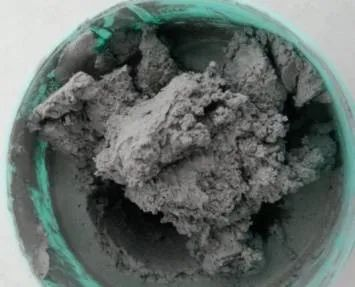
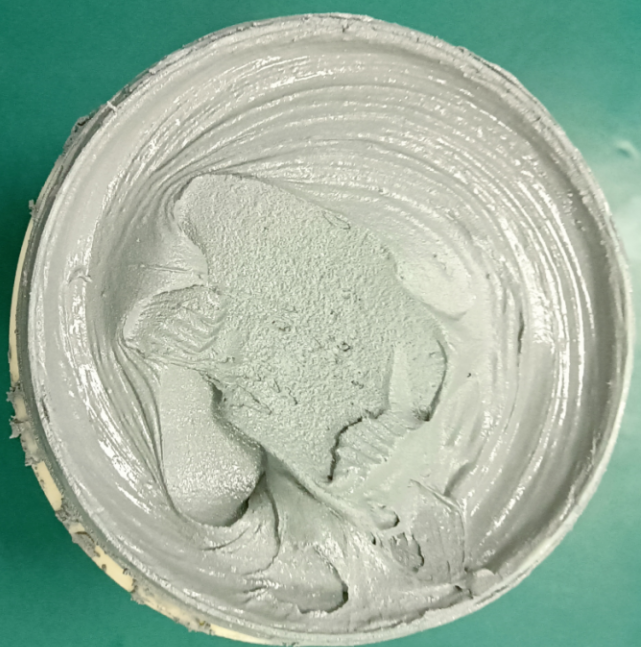
After checking and discussing with our SMT engineers, we found the root cause of solder paste be dry is corrosion, in below images you can see the detailed solder powder morphology of corrosion.
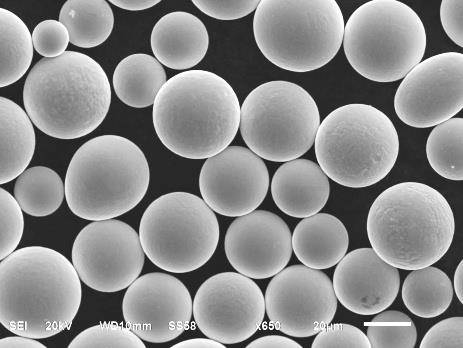
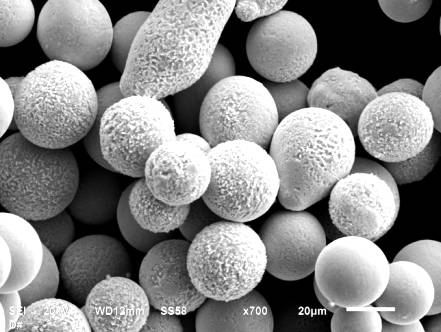
In generally, the main reason of corrosion is thermodynamic instability of metal, that is metal and its alloy is in a high free energy status than other chemical compound (for example, oxide, hydroxide, salt or others), when this situation occurs, metal will transform to lower energy, which is called corrosion.
Metal corrosion is under the basis of the theory of electrochemical, and itâs required four main elements: anode, cathode, electrolyte and constitute current path.
Now letâs parse the mainly metals in solder paste — Sn, Ag, Cu (or other impurities), then under the action of flux medium, numerous galvanic cells with Sn as the cathode and Ag/Cu as the anode are formed, then below chemical reaction will be happened:
Cathode: Sn – 2e â Sn2+
Anode: O2 + H2O + 4e â 4OH–
That is: Sn + H2O + ½O2 â Sn(OH)2
Sn(OH)2 decompose: Sn(OH)2 â SnO + H2O
Then chemical reaction of corrosion of solder powder under the moisture in the air can be described as:

The following figure shows the infrared spectrum of succinic acid liquor before and after soaking the solder powder. It can be clearly seen that the soaked liquor contains carboxyl. Therefore, in the solder paste system, except the oxidation reaction of electrochemical corrosion, salinization chemical reaction will be happened too:

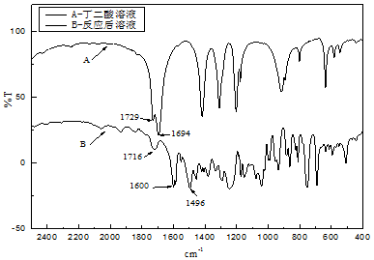
So now, do you know why solder paste will be dry? And why it is more seriously in hot summer with high temperature and humidity?
Yes, its root cause is not only high temperature in summer, also the humidity is so high (humidity is 70-85% in the summer of Shenzhen City), flux and solder powder will increase the adsorption of water molecules, and due to water is electrolyte of the galvanic cell reaction, it will aggravate the hydrolysis of flux, stimulate the activity of flux, then finally the reaction on the surface of the solder powder is aggravating, and the vicious cycle eventually changes the physical properties of the solder paste.
Then how to solve this problem?
- Warm up solder paste before using
Generally, in order to slow down the reaction of flux and solder powder, as well as extend the storage period, the solder paste needed to be stored in a refrigerator with 2-10oC degree. So before using, it is better to take out solder paste and put in standard room temperature for warming up first. A can of 500g solder paste need to be rewarmed at least 2 hours, to make sure its temperature is the same as roomsâ. (Normally that period of warming up time is 4 hours in EBest Circuit (Best Technology).) Otherwise, insufficient warming up will cause the water vapor in the air to condense and enter the solder paste due to the temperature difference, and result in solder paste be dry finally.
- Environment temperature and humidity
The best storage temp of solder paste is 2-10oC, but the recommended working environment temp is 20-25oC, relative humidity is 30%-60%. (Thereâre additional humidifiers in the workshop of EBest Circuit (Best Technology), to make sure suitable humidity in the dry season such as Winter and Spring, and of course the air conditioner in Summer time to decrease the humidity) Usually, the rate of chemical reaction will approximately double, as the temperature increases by 10â, so the high temperature will increase the volatilization of the solvent in the solder paste and the reaction speed of flux with powder, so the solder paste is easily to be dry. Meanwhile, low temperature will affect the viscosity and expansion of solder paste, and then will cause the poor soldering. At the same time, high humidity will also greatly increase the water vapor entering the solder paste; However, low humidity also affects the volatilization rate of solvent in solder paste.
- For those solder paste that became dried already, it is better to dilute with flux provided by manufacturer of solder paste.
In a word, when use and store solder paste, we should pay more attention to its temperature & humidity, to make sure high quality of SMT can be achieved. Pls contact EBest Circuit (Best Technology) if you have any questions or comments on solder paste, or SMT.



